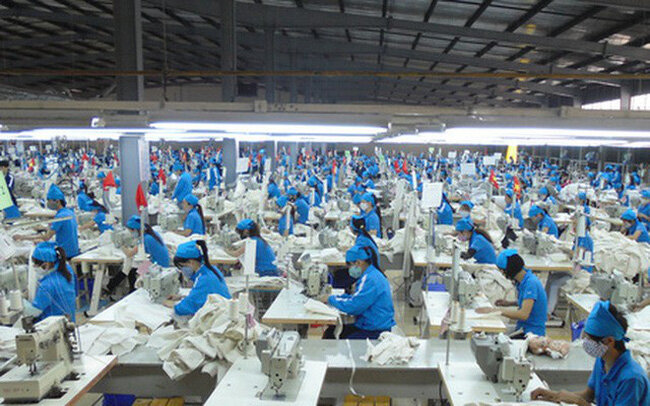The textile and garment industry in the first half of 2023 has been navigating through various challenges, largely influenced by macroeconomic factors and global uncertainties. As we examine the current landscape, three key priorities emerge as crucial for the industry’s growth and sustainability.
Macroeconomic Impacts on Industry Growth:
The global economic growth has been on a downward trajectory due to the lingering effects of the pandemic and political instability across the world. After experiencing a 6% growth in 2021 and a 3% growth in 2022, the forecast for 2023 indicates a modest rise of just above 2%.
Consequently, the textile and garment industry is witnessing a decline in orders from major markets such as the US and EU. The exports to these key markets have shown a considerable drop in the first five months of 2023, with the US witnessing a decline of 27.1%, and the EU decreasing by 6.2%.
This challenging situation is compounded by the pressure to adopt sustainable practices, with supply chain scrutiny imposed by organizations like OECD and EU, along with Germany’s Supply Chain Assessment Act, which took effect in January 2023.
Impact of Exchange Rates and Interest Rates:
At a macro level, exchange rates significantly impact export enterprises, including the textile and garment industry. Vietnamese exports are facing competitiveness challenges compared to other exporting countries. The stable Vietnamese currency, with limited depreciation against the USD, contrasts with other garment-exporting nations that have chosen to maintain a cheap domestic currency to boost their exports.
Additionally, despite the State Bank of Vietnam’s four reductions in operating interest rates, high interest rates since late 2022 have led to continued high borrowing rates for enterprises. The lack of access to support packages, such as a 2% interest rate reduction from a 40,000 billion VND package, has put Vietnamese textile and garment enterprises under strain. The current lending rates in Vietnam average around 9-11%, which is higher by 5-7% compared to competitive countries like China, Bangladesh, and Indonesia.
Export Turnover of the Industry in the First Six Months:
The export turnover of the textile and garment industry for the first six months of 2023 is estimated at 18.6 billion USD, representing a 17.6% decrease compared to the same period in 2022. Enterprises are diligently seeking solutions to retain their workforce and customers amid these challenging times.
Despite this, the industry still faces difficulties, with many enterprises lacking sufficient orders for the third and fourth quarters. Accepting orders that do not align with their core strengths and facing deep price cuts further add to the industry’s challenges.
To enhance the internal strength and optimize costs for the textile and garment industry, there are three critical priorities that need to be focused on:
- (1) Retaining Workers and Capability Development:
It is essential to find solutions to retain skilled workers, especially core labor. Organizing training classes to upgrade skills and facilitating capability development for green and digital transformation can bolster the industry’s capabilities.
- (2) Retaining Customers and Expanding Markets:
Enterprises should be open to accepting orders beyond their core strengths and even without immediate profitability to provide employment for workers and retain customers. Building reliable, long-term partnerships and exploring new markets, with an emphasis on the domestic market, can create opportunities for growth.
- (3) Minimizing Unnecessary Costs:
Cost optimization is crucial to tackle the challenges posed by high borrowing interest rates and logistics expenses. Minimizing non-essential costs will strengthen the industry’s financial standing and improve overall competitiveness.
In conclusion, in macroeconomic management of government, with particular attention to exchange rates, plays a significant role in overcoming challenges and enhancing the competitiveness of the textile and garment industry. And by focusing on the mentioned priorities, enterprises can navigate through obstacles, maintain a skilled workforce, and retain key customers amidst the evolving business landscape.


PeopleWise Vietnam was founded with the mission of making positive impact on our community by improving the quality of labor, addressing workforce dynamics, and enhancing its effectiveness. During the initial phase of business, PeopleWise provided human resources consulting services, that align with each organization’s values and vision, driving business success.

